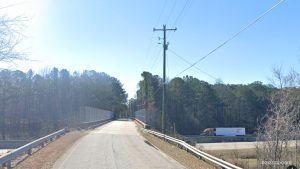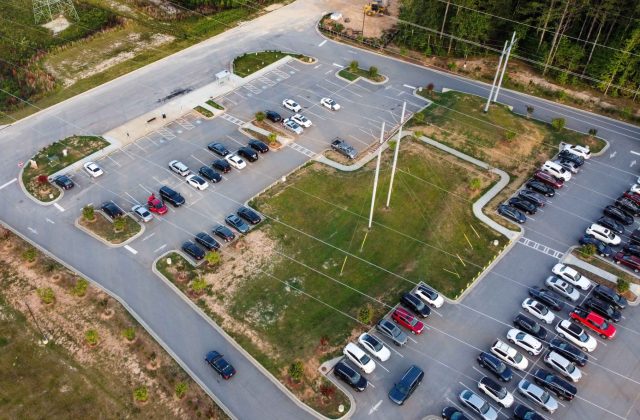FAQ: What You Should Know About Georgia’s Community Improvement Districts

In 1999, the commercial property owners in Fairburn, Palmetto, Union City, and South Fulton pursued the formation of a Community Improvement District (CIDs). This move jumpstarted more than 20 years of direct investments in transportation projects in the southernmost part of Fulton County. The creation of the CID was made possible through a Georgia law that allows the private sector to generate necessary match funds toward public services that can accelerate economic and community development in an area. Today, the South Fulton CID is one of more than 25 CIDs in the state. Read this FAQ to learn more about this powerful economic development tool for Georgia property owners.
What is a Community Improvement District (CID)?
A CID is a geographically defined district in which commercial and industrial property owners vote to impose a self-tax to fund community improvements. Residential and agricultural properties are included in the CID boundaries but are not taxed.
How is a CID established or expanded?
A CID is created through state-enabling legislation and a vote by the majority of the corporate property owners in the defined district. It takes the agreement of a simple majority of the commercial property owners within the district to create or expand a Community Improvement District. In addition, it is required that this simple majority of owners must represent at least 75 percent of the taxable value of the commercial property located within the proposed CID.
What is the purpose of CIDs?
CID funds do not replace public funds. Instead, they provide required match funding for grants or federally funded projects; initiate project development by funding studies or preliminary engineering; and supplement funding from local government partners. The CID provides a forum to work alongside other local stakeholders and public and private sector leaders.
The Georgia Constitution specifies that funds collected through a CID may be used for seven types of applications:
- Water
- Public transportation
- Street and road construction and maintenance
- Parks and recreational areas and facilities
- Storm water and sewage
- Parking, terminal, and dock facilities
- Other
How is money raised to fund a CID?
CIDs are funded by a self-imposed and self-regulated ad valorem real estate tax on commercial properties within the district. The tax consists of additional mills being paid by commercial property owners. A mill equals 1/10th of 1% of the assessed value of the property.
What is the South Fulton CID tax millage?
Non-residential property owners within the CID pay an additional 3 mills (3 dollars for every $1,000 in assessed property value) of property taxes to fund the CID’s operations. This is voted on annually.
Who runs the CID?
The participating property owners define the purpose of the CID and elect a board of directors to represent their interests. The board is ultimately responsible for determining funding and managing the process and for identifying and retaining staffing resources necessary to conduct day-to-day operations. Learn about the South Fulton CID’s board and staff.
Watch this video from the Council for Quality Growth to learn more about Georgia’s CIDs.








